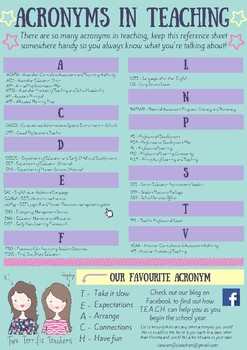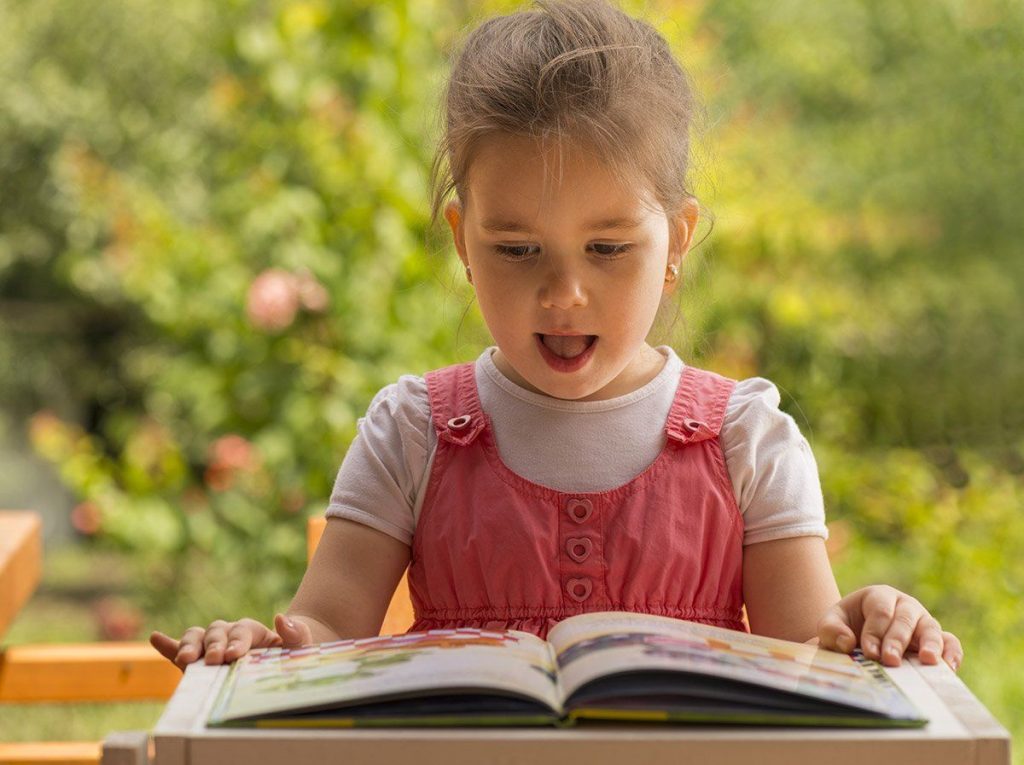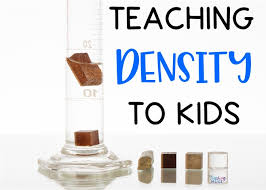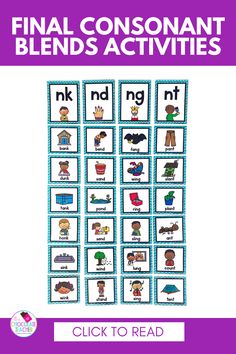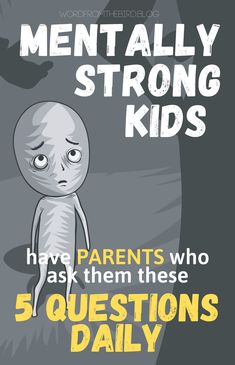In the world of education, acronyms are everywhere. They are used to simplify complex educational terminology and concepts, making it easier for teachers to communicate with each other. Below is an exploration of some common teaching acronyms that every educator should know.
IEP – Individualized Education Plan
This is a document that is developed for each public school child who needs special education. The IEP is created through a team effort and reviewed periodically.
ELL – English Language Learner
This acronym refers to students who are not fluent in English and are in the process of learning the language. ELL programs support these students in achieving proficiency.
PLC – Professional Learning Community
A PLC is a group of educators that meets regularly, shares expertise, and works collaboratively to improve teaching skills and the academic performance of students.
STEM – Science, Technology, Engineering, and Mathematics
These curriculum areas have been grouped because they are considered fundamental for technological advancement and are thus emphasized in education.
RTI – Response to Intervention
RTI is a multi-tier approach to the early identification and support of students with learning and behavior needs. The RTI process begins with high-quality instruction and universal screening of all children in the general education classroom.
PBIS – Positive Behavioral Interventions and Supports
An evidence-based three-tiered framework for improving and integrating all of the data, systems, and practices affecting student outcomes every day. PBIS creates schools where all students succeed.
G&T – Gifted and Talented
This term relates to children who have abilities that are significantly above the norm for their age. Gifted and Talented programs provide them with challenges that match their skills.
NQT – Newly Qualified Teacher
In several countries, this term describes a teacher who has just completed initial teacher training and is in the first year of teaching.
ESL – English as a Second Language
This refers to programs or classes that teach English to non-native speakers. It’s similar to ELL but focuses more on the educational side rather than referring to the students themselves.
BIP – Behavioral Intervention Plan
A BIP uses positive behavioral interventions, strategies, and supports to address behaviors that interfere with learning or that might lead to negative outcomes.
These acronyms form just a small part of the vast repertoire used by educators globally. Understanding them can greatly enhance communication among educators and contribute to better educational outcomes for students. Whether you’re a seasoned professional or new to the field of education, familiarizing yourself with these terms will undoubtedly prove useful in your teaching journey.
